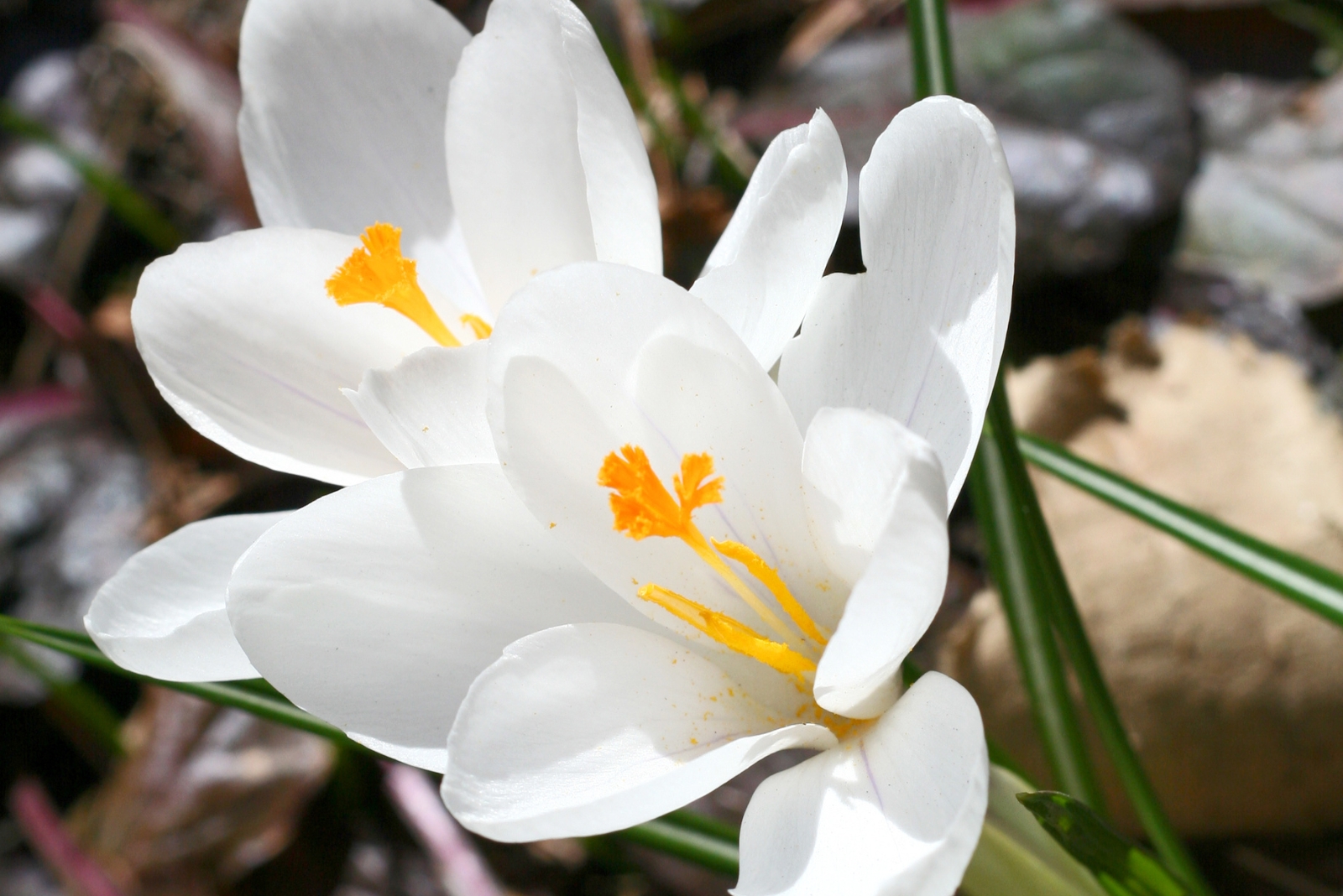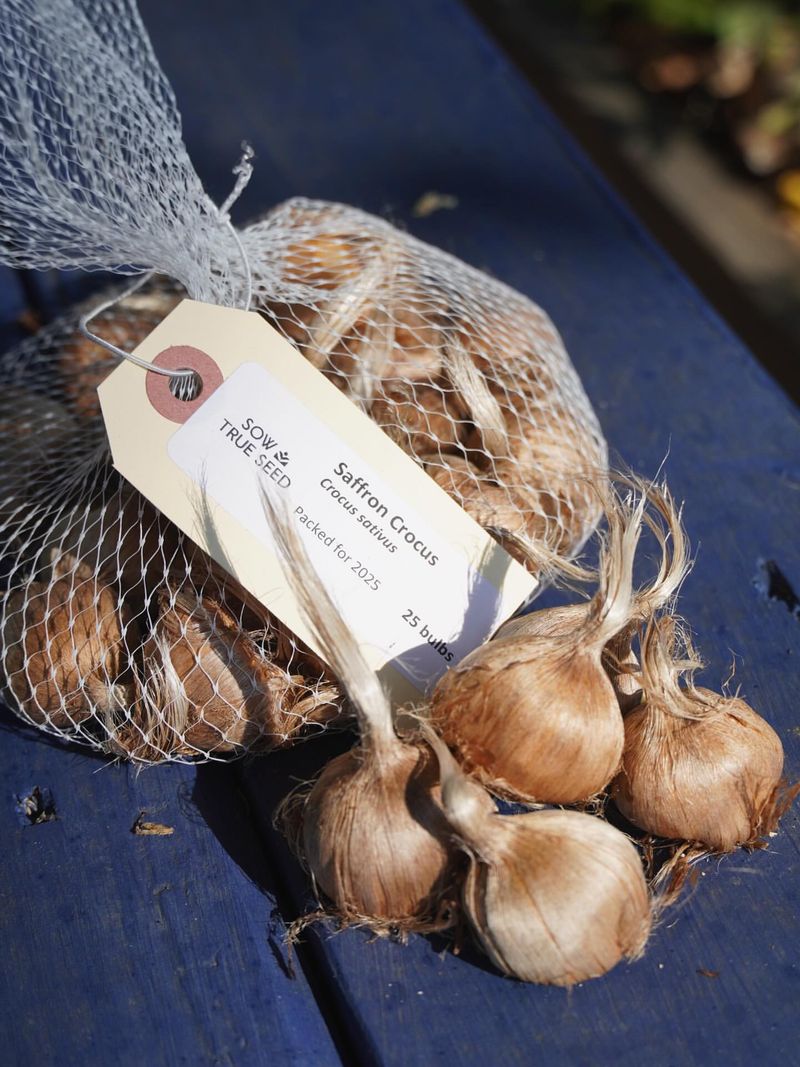Oregon winters don’t have to mean dreary, colorless gardens. Snow crocus bulbs offer a brilliant solution, bringing cheerful purple, yellow, and white blooms when everything else looks bare.
November is the perfect time to plant these hardy little flowers that will brighten up your yard come late winter and early spring.
1. Choose The Right Location For Maximum Blooms
Snow crocus bulbs need plenty of sunlight to produce their vibrant flowers in Oregon. Pick a spot in your garden that gets at least six hours of direct sun each day during winter and early spring. South-facing areas work best since they warm up faster.
Good drainage matters just as much as sunlight. Avoid low-lying spots where water pools after rain, as soggy soil can rot the bulbs before they ever bloom.
2. Plant Bulbs At The Proper Depth
Getting the planting depth right makes all the difference for healthy growth. Dig holes about three inches deep, measuring from the bottom of the bulb to the soil surface. Space each bulb roughly three inches apart to give them room to multiply over time in your Oregon garden.
Did you know? Planting too shallow leaves bulbs vulnerable to frost damage, while burying them too deep delays their spring emergence and weakens the flowers.
3. Select Quality Bulbs From Trusted Sources
Healthy bulbs produce healthy flowers, so inspect each one carefully before buying. Look for firm, plump bulbs without soft spots, mold, or visible damage. Bigger bulbs generally create stronger plants with more blooms their first season.
Local nurseries in Oregon often carry varieties suited to the region’s climate. Ordering from reputable online suppliers also works well, but make sure they guarantee fresh stock specifically for fall planting.
4. Improve Soil Quality Before Planting
Oregon’s clay-heavy soil can benefit from some amendments before you plant. Mix in compost or aged manure to boost drainage and add nutrients that help bulbs establish strong roots. Sandy loam creates ideal conditions for snow crocus.
Work the amendments into the top six to eight inches of soil. A balanced approach keeps the ground loose enough for roots to spread while maintaining enough structure to support the developing plants.
5. Water Wisely After Planting
Give your newly planted bulbs a thorough watering right after tucking them into the ground. This settles the soil around them and kickstarts root development before winter truly arrives. Moisture helps bulbs acclimate to their new home.
After that initial watering, Oregon’s November rains usually provide enough moisture. Only water again if you experience an unusually dry spell lasting more than two weeks without precipitation.
6. Protect Bulbs From Hungry Wildlife
Squirrels, voles, and other critters love digging up freshly planted bulbs for a tasty snack in your Oregon garden. Fortunately, snow crocus bulbs taste bitter to most animals, making them less appealing than tulips or other varieties. Still, some protection helps ensure success.
Laying chicken wire over the planting area until the ground freezes works wonders. You can also sprinkle cayenne pepper around the bed or use commercial repellents designed for bulb protection.
7. Plan For Natural Spreading And Multiplication
Snow crocus bulbs naturalize beautifully, meaning they spread and multiply year after year without much help from you. Each bulb produces small offsets called cormlets that grow into full-sized plants over time. Within a few seasons, your original planting will expand into colorful drifts.
Leave the foliage alone after flowers fade. Those leaves gather energy for next year’s blooms and support the multiplication process that creates those stunning carpet effects in Oregon gardens.








